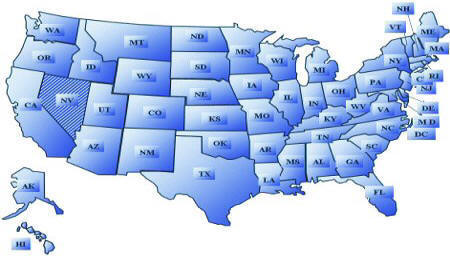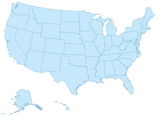As of 2005, California has the fifth largest
economy in the world. It is responsible for 13% of the United States'
gross domestic product (GDP). The
gross state product (GSP) is about $1.4
trillion ($1,400,000,000,000, as of 2005), making it greater than that
of every other
U.S. state, and most
countries in the world (by
Purchasing Power Parity).
The predominant industry, more than twice as large as the next, is
agriculture, (including
fruit,
vegetables, dairy,
and wine). This is
followed by
aerospace;
entertainment, primarily
television by dollar volume, although many
movies are still made in California; and light manufacturing including
computer hardware and
software, and the
mining of borax.
Per capita personal income was $33,403 as of 2003, ranking 12th in
the nation. Per capita income varies widely by geographic region and profession.
The Central Valley has the most extreme contrasts of income, with
migrant farm workers making less than
minimum wage. Recently, the San Joaquin Valley was characterized
[3] as one of the most economically depressed regions in the U.S., on par
with the region of
Appalachia.
While some coastal cities include some of the wealthiest per-capita areas in
the U.S., notably
San Francisco and
Marin County, the non-agricultural central counties have some of the highest
poverty rates in the U.S. The high-technology sectors in Northern California,
specifically
Silicon Valley, in
Santa Clara and
San Mateo counties, are currently emerging from economic downturn caused by
the
dot.com bust, which caused the loss of over 250,000 jobs in Northern
California alone. Recent (Spring 2005)
economic data indicate that economic growth has resumed in California,
although still slightly below the national annualized forecast of 3.9%. The
international boom in housing prices has been most pronounced in California,
with the median property price in the state rising to about the half-million
dollar mark in April 2005.


